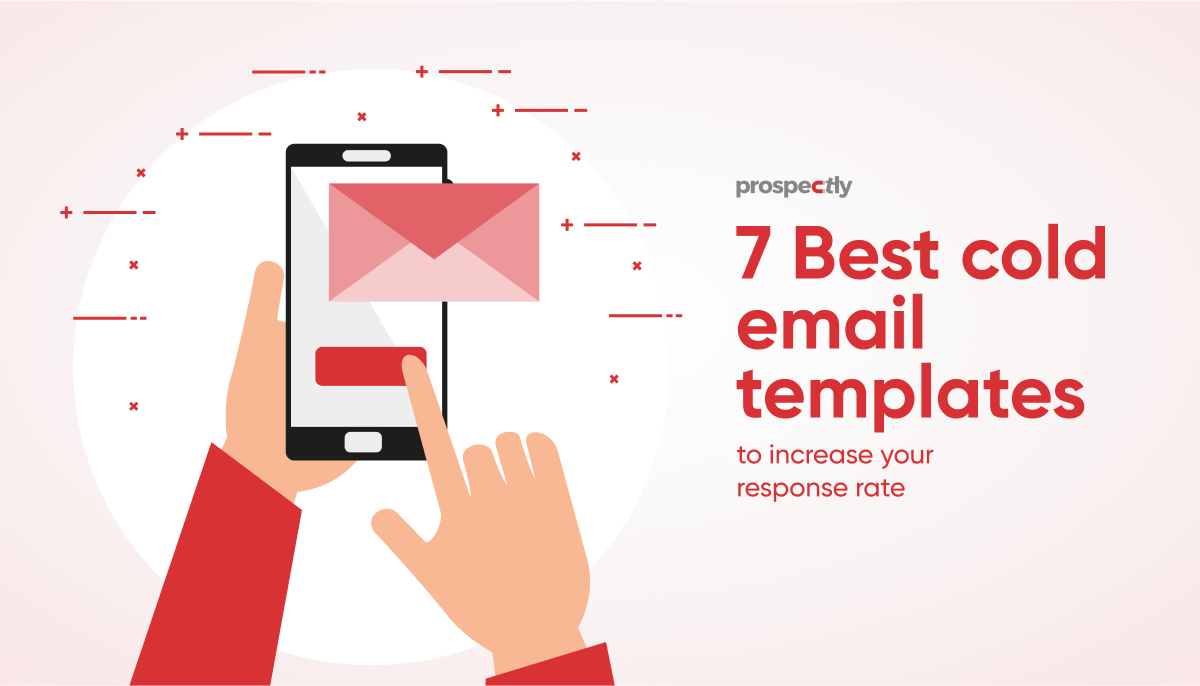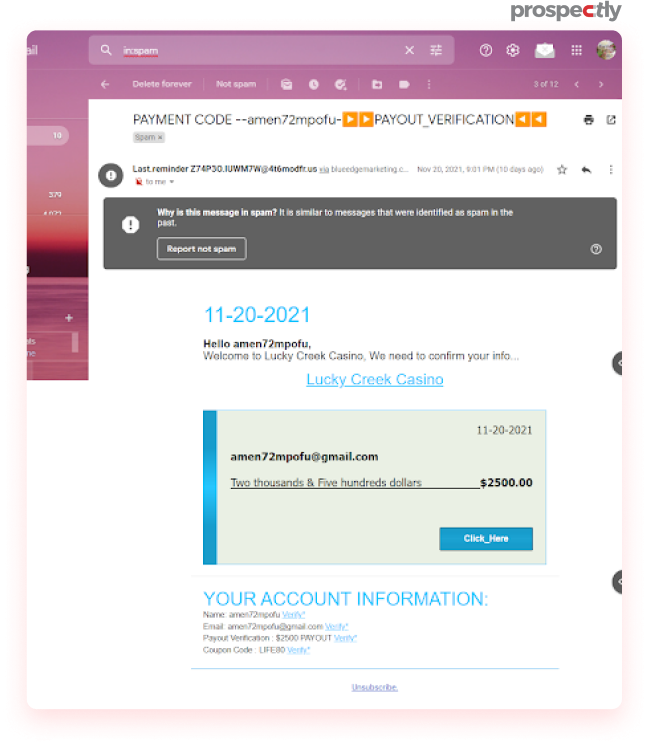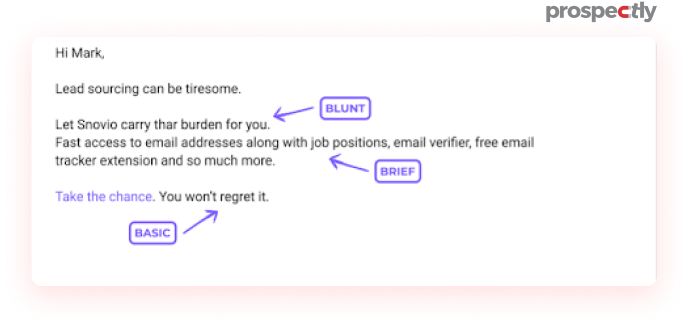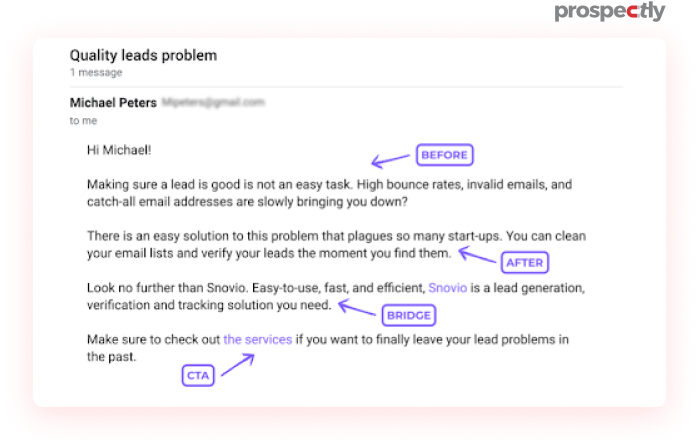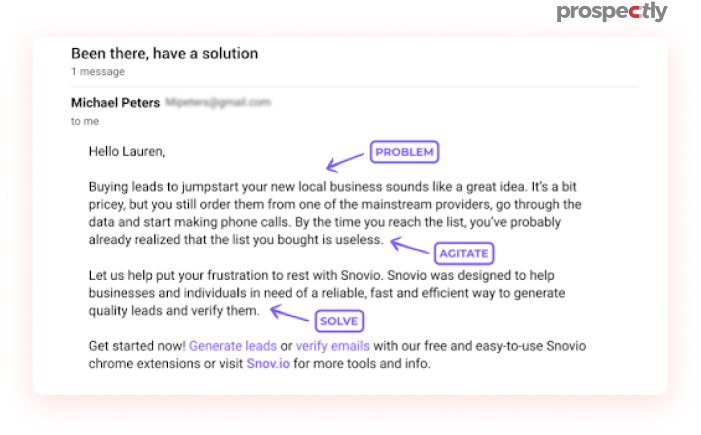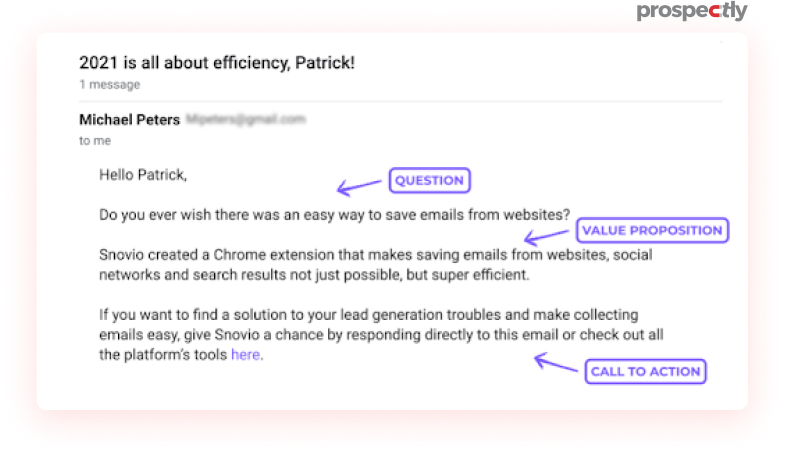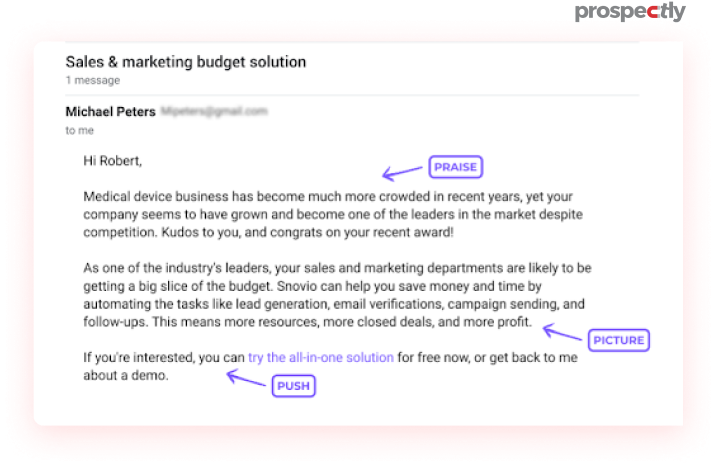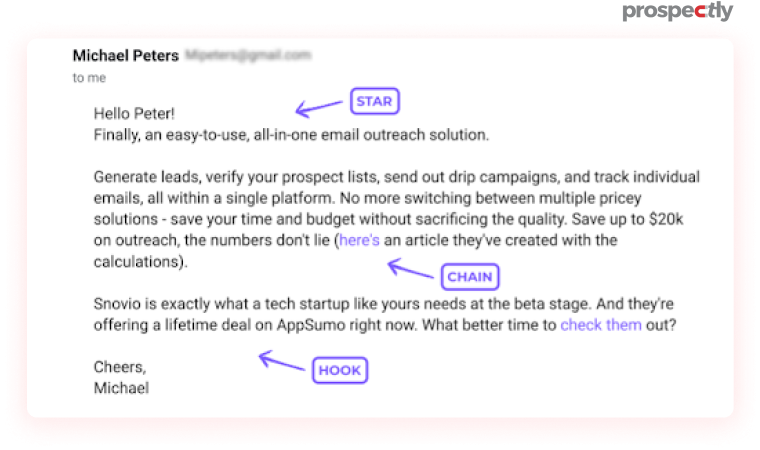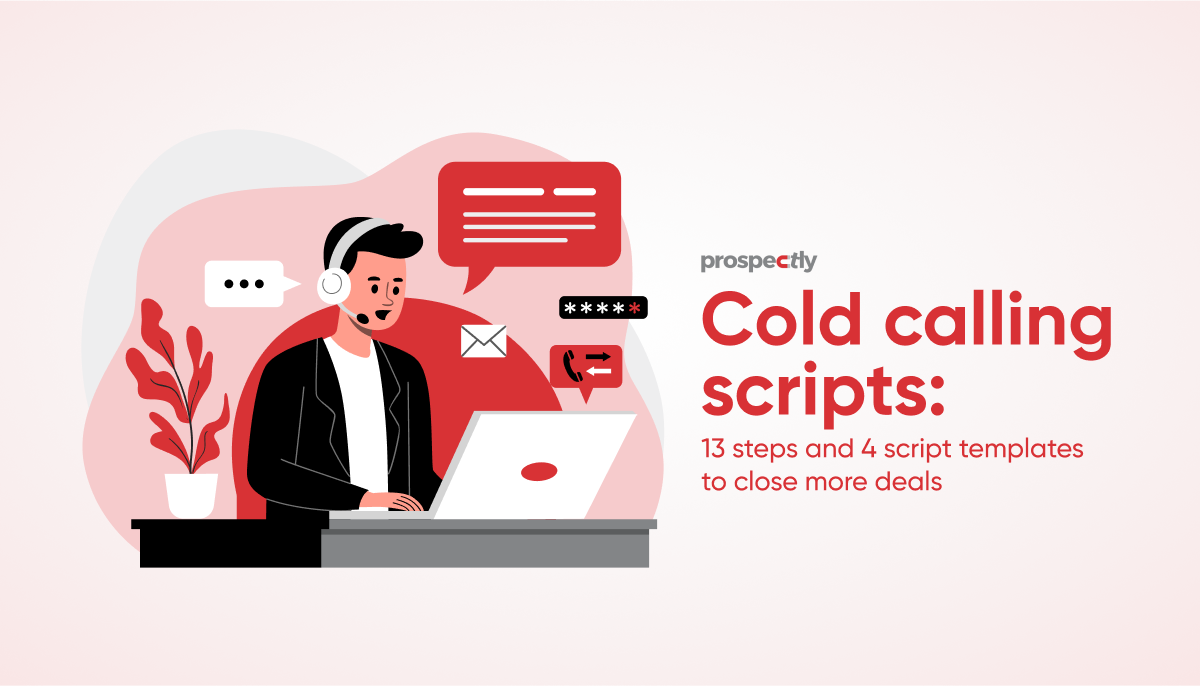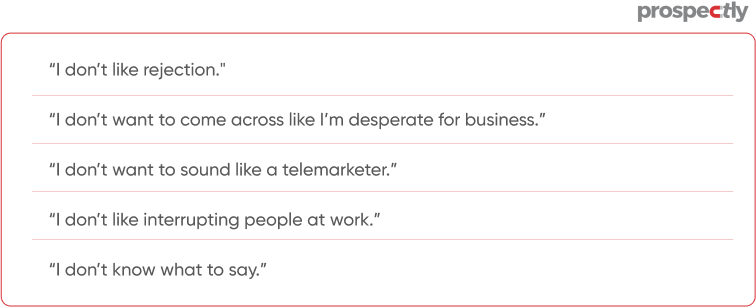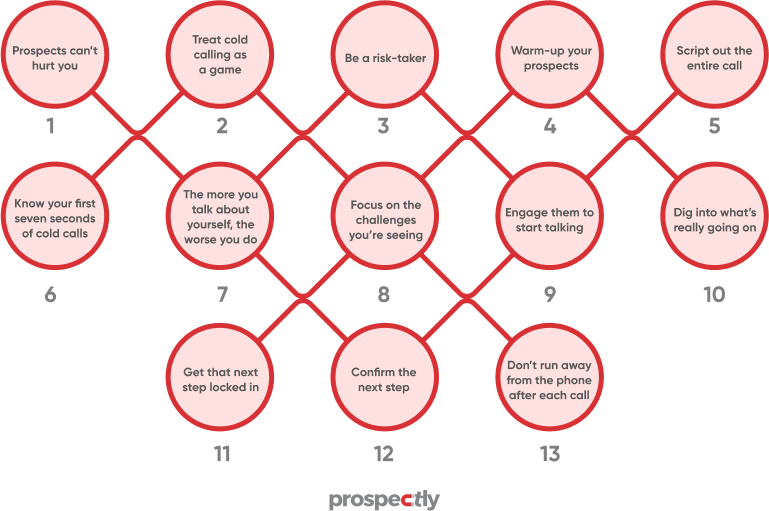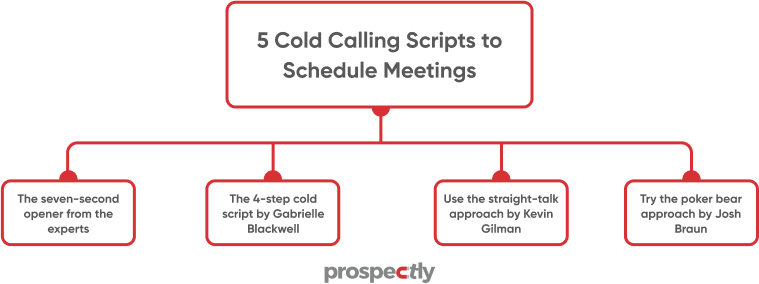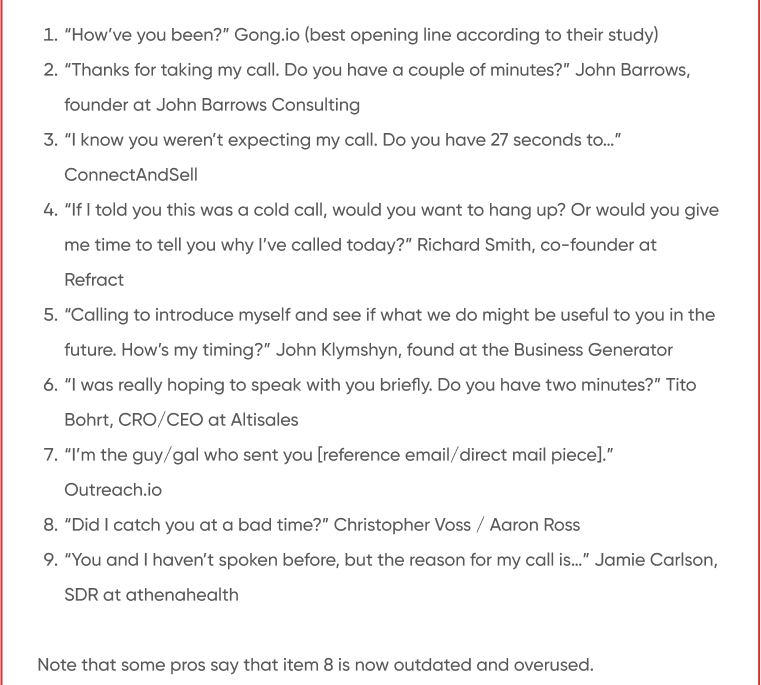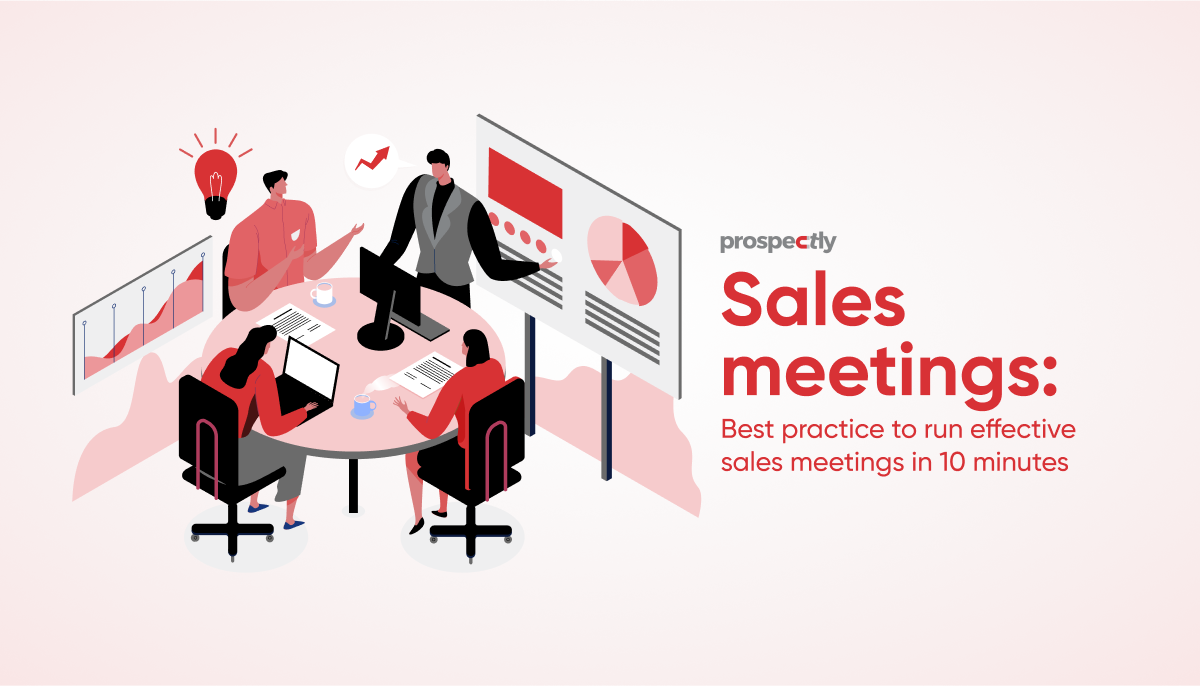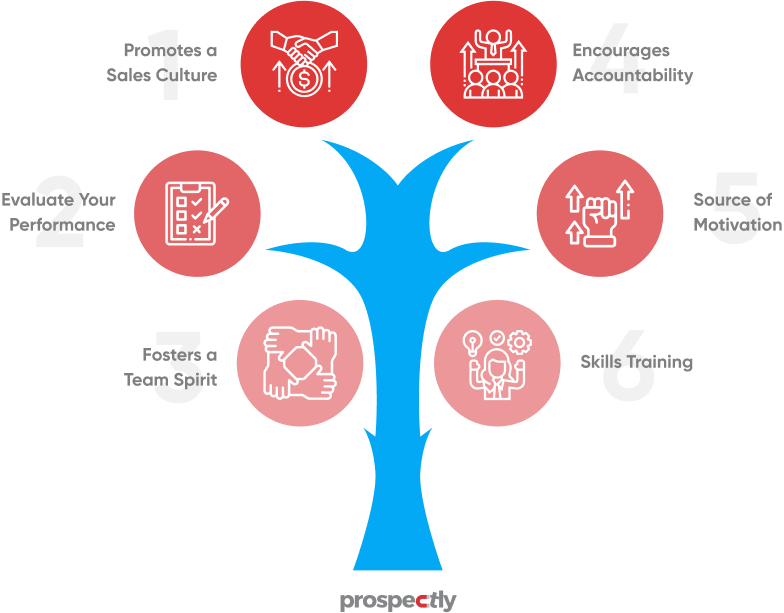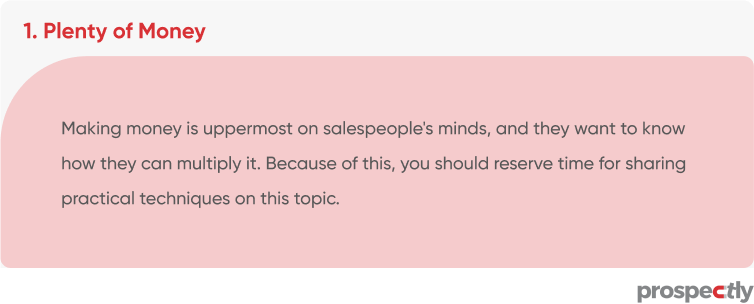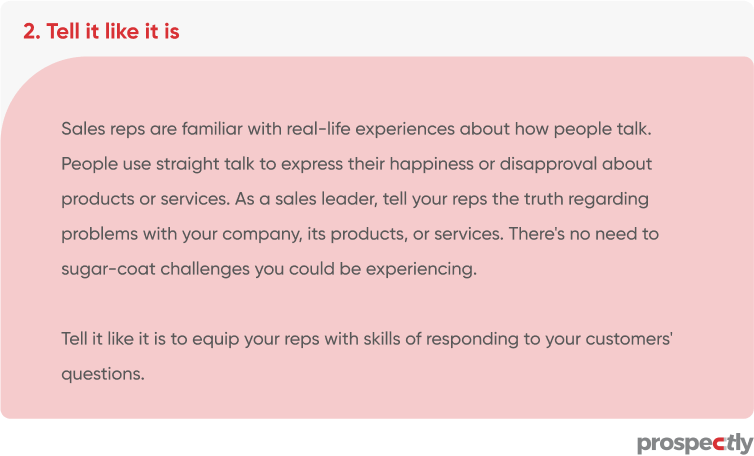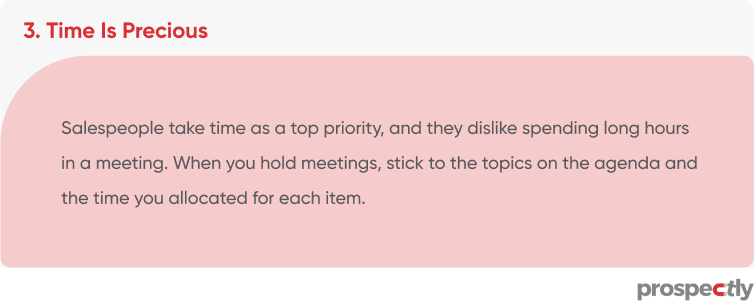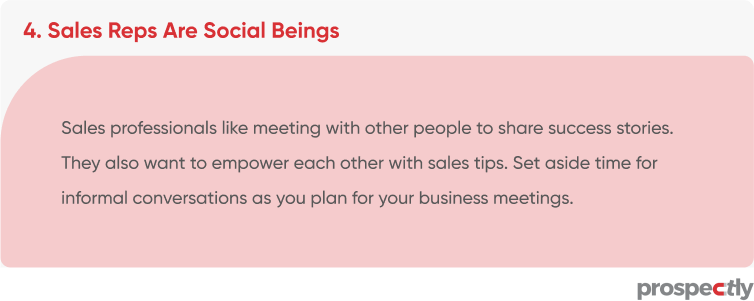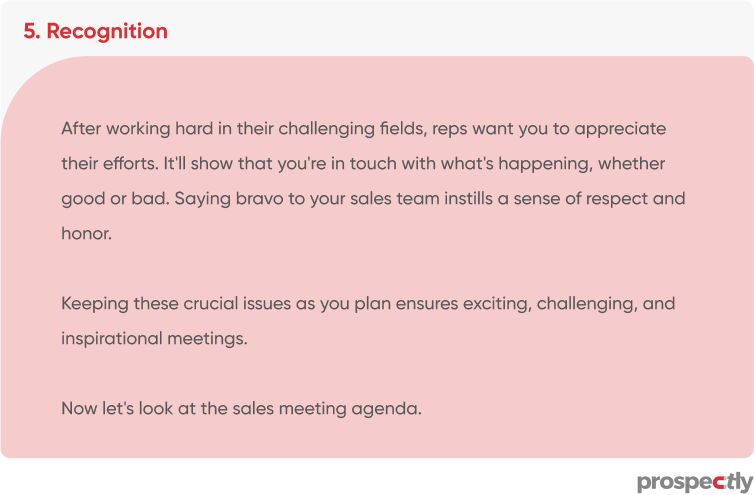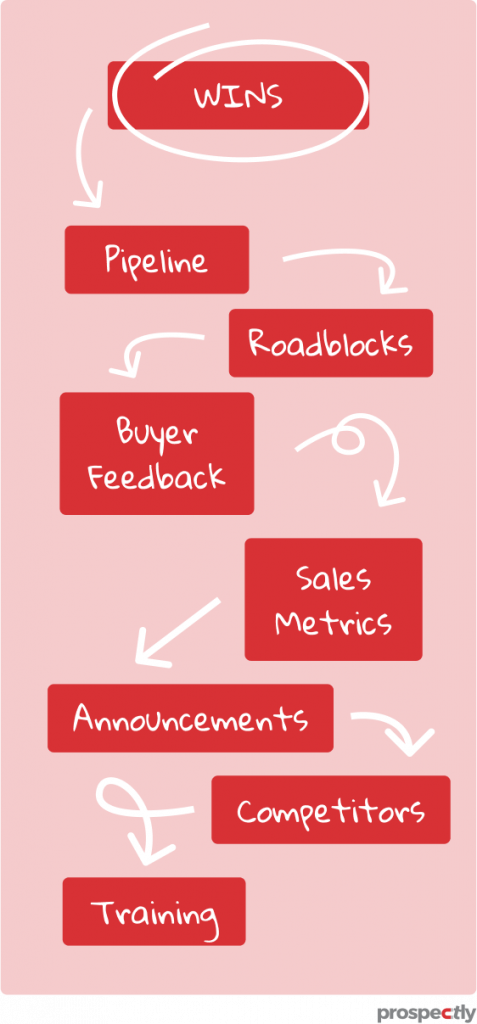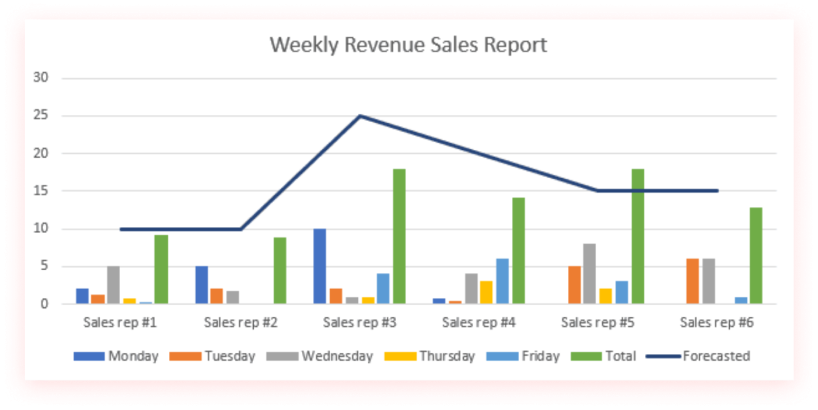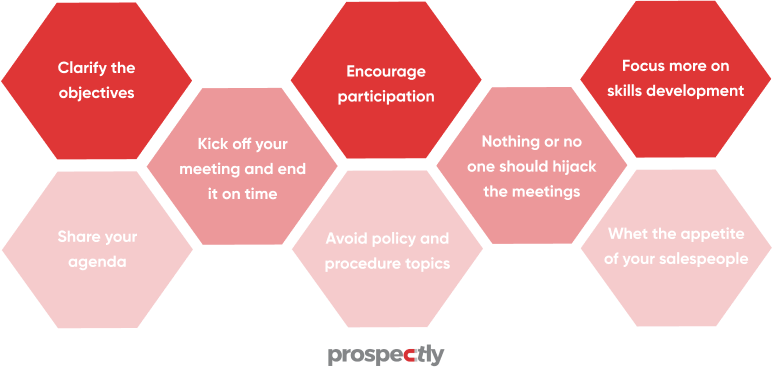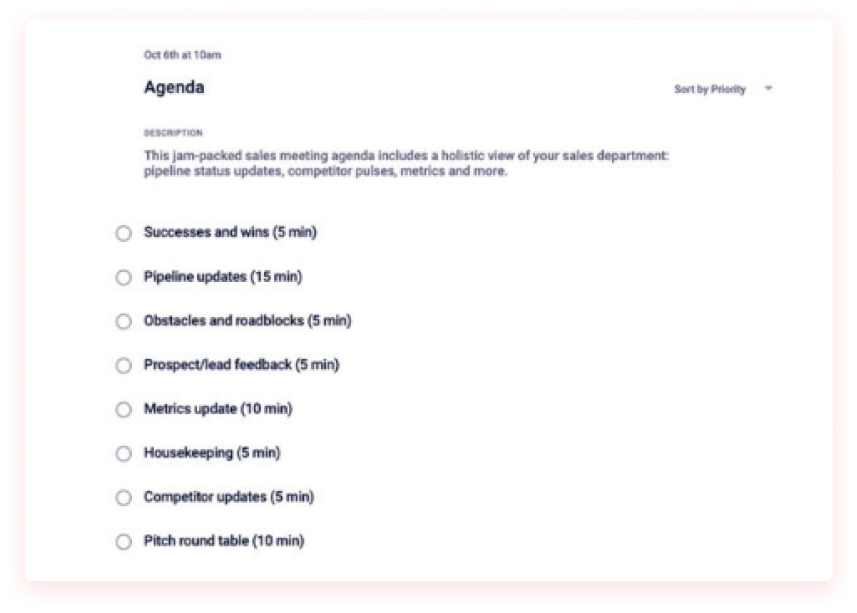Sending cold emails with zero reply rates sucks, right? Following the path of cold email experts can boost your response rates. Find out more in this info-packed guide about how you can turn the tables in your favor in cold emailing.
Before we dive into cold email templates, we want to make sure you understand cold emailing. Let’s look at the definition.
What are cold emails?
A cold email is a sales email you write to a potential customer you haven’t engaged with before. Before you create your cold email, you do online research to get the correct email addresses of the people fitting your buyer persona.
Examples of cold emails include:
- Marketing personnel send emails to create awareness about and promote the company’s products
- Salespeople send bulk emails to people with whom they have no relationship to promote their solution
Could there be a difference between cold emails and marketing emails?
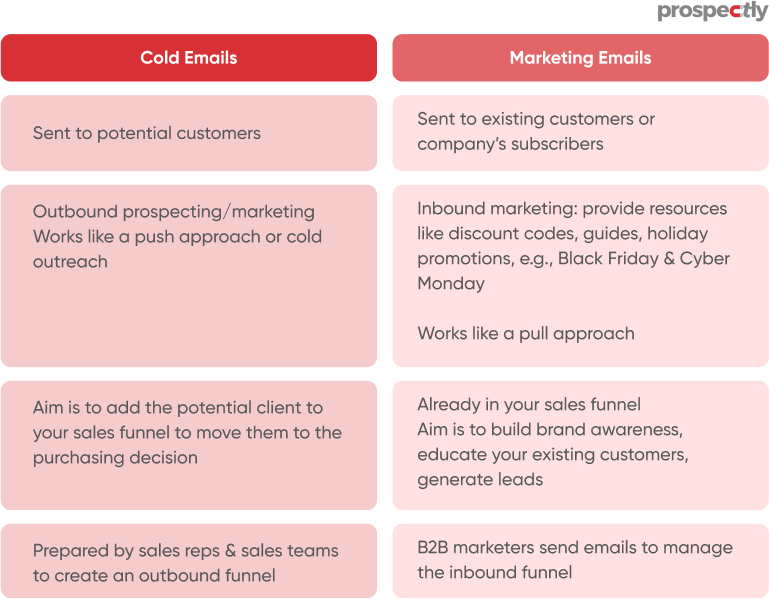
In summary, salespeople send cold emails to people who have no relationship with their company. Email marketing is for building relationships with existing buyers through the marketing team.
Your company should use a dual strategy to maximize the benefits of cold emails (outbound marketing) and email marketing (inbound marketing). Now let’s jump into how you can create cold emails that work.
Characteristics of successful cold emails
Because we want to zero in on cold emails, let’s jump into what makes a charming cold email with high open and conversion rates.
- Use your real name. Remember you’re reaching out to someone unfamiliar with you. To break down that wall of suspicion, be legit.
- Contact details. It’s critical to be open and transparent by including your contact info, website, phone number, social media profiles, job position, etc.
- Relevant content for the customer: Here, you need to understand the problems the prospect is trying to solve.
- An explicit request with specific details
- Conversational to build a relationship rather than asking for a sale
Later on, we’ll consider top secrets to boost your cold email conversion rates as we wrap up. Meanwhile, you’ll also need to appreciate the difference between awesome cold emails and spam.
Cold email vs. spam
Email Service Providers have sophisticated filters to detect spam. Here are some features that can make your emails spam.
- Spam always uses fake identity or name
- The email sender excludes their contact info
- Lacks individualization as the sender delivers the same message to several people
- Sales-focused; it’s pushy
- It’s a good candidate for a spam filter
Here’s an example of spam.
My Gmail sent the email to my spam folder because it has all the spam characteristics. I’ve never played Casino, but here I am with a $2500 reward. That’s crazy, right? And those attachments are red flags.

With this in mind, let’s uncover some approaches to create cold emails with a high open rate and a conversion rate.
Cold email examples (plus approaches)
There are several copywriting techniques you can use to write personalized cold emails.
- Write a personalized email using the AIDA approach (Attention, Interest, Desire, and Action)
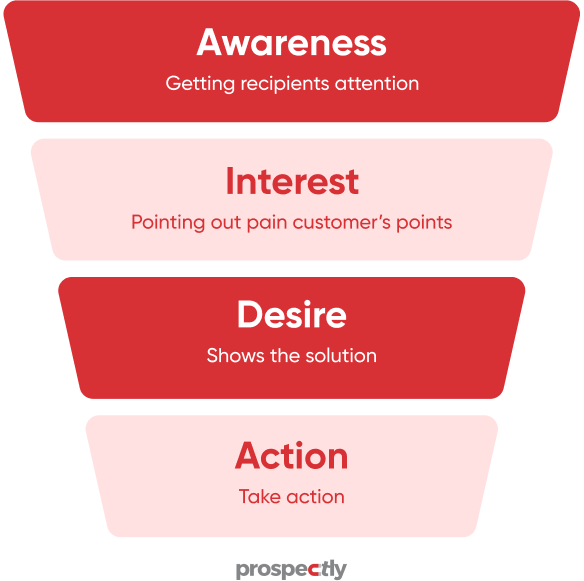
Attention means getting your recipient’s attention through the subject line and opening statement. You can do this by researching more about your prospect to help say something in the introduction that’s familiar to them.
Interest is about pointing out the potential customer’s pain points. It’s about them and not your business.
Desire shows how your product or service can solve the customer’s problems. Validate your offer by including testimonials, case studies, etc.
Action means asking the prospect to take specific action on your offer.
AIDA in action.
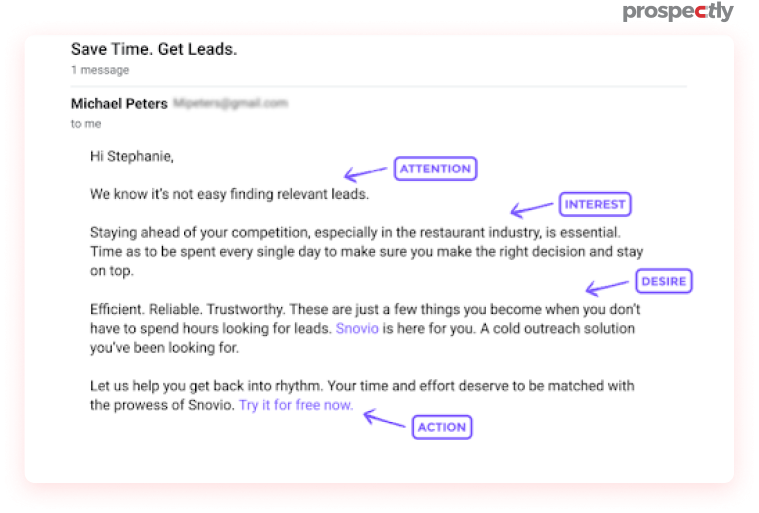
- Brief, Blunt, & Basic-3B’s to nail your cold emails
The cold email approach favors a simple but direct message.
Brief requires that you keep your emails short.
Blunt says, cut to the chase. Say your benefits about your products or service right away.
Basic insists on avoiding long-winding sentences to put across your message. Concise is the word.
BBB in action
- Make a specific offer to your potential buyer through BAB (Before-After-Bridge) to appeal to their pressing needs. Create a visual perception
Before means that you should specify the challenges, your prospect faces in your email. But limit the pain points to what your product can fix.
After is explaining the bright future, the client can experience without their challenges. If possible, back up your claim with some stats and social proof.
Bridge now says showcase how your product’s benefits can help them reach those future goals.
BAB in action.
- Emphasize the pain points of the potential buyer with PAS (Problem, Agitate, and Solve). Hit hard on their problems
Problem is all about knowing the exact problems the customer wants to solve.
Agitate gives more info about the seriousness of the problem with stats, personal experiences, case studies, etc.
Solve is now arriving on the scene like Superman to fix the problem.
The idea of this strategy is to emphasize the discomfort the buyer is likely to experience if they don’t take immediate action to fix their pain points.
PAS in action.
- Grab your recipient’s attention by using questions (Question, Value Proposition and Call To Action, QVC)
Question means you straightaway launch into the email with your offer prefaced with a question.
Value Proposition is about highlighting the benefits of your product to show how they outweigh its price. Show your customer why your product or service is better than others. You may use testimonials to validate your reasons.
Call To Action is a persuasive and robust statement asking the recipient to perform a specific action after you’ve made your case.
QVC in action.
- Pamper your potential buyer with praise to activate dopamine. (Use Praise, Picture, and Push)
Praise requires that you understand your prospect’s success story and commend them for it. It could be that the client’s company has made groundbreaking technology, or they have been recently promoted. Find something praiseworthy to include in your message.
Picture aims to clarify how your product can solve specific problems. Use the cause-and-effect method to strengthen your case.
Push says present your offer as the solution, but without giving away lots of details. Your goal is to create interest in your product.
PPS in action.
- Present your product like the star of the show with SCH (Star, Chain, and Hook)
Star requires that you make a persuasive introduction about your service or product or even an idea. Let it shine like a star.
Chain is all about providing more information about why your product is the star. How can it solve the customer’s challenges? Stress the strengths by using social proof, case studies, testimonials, etc. Focus on stimulating interest and desire for your solution.
Hook says conclude with a potent call to action.
SCH in action.
Let’s also dive into other cold email templates, which may follow the strategies we mentioned earlier.
Types of cold emails with high response rate
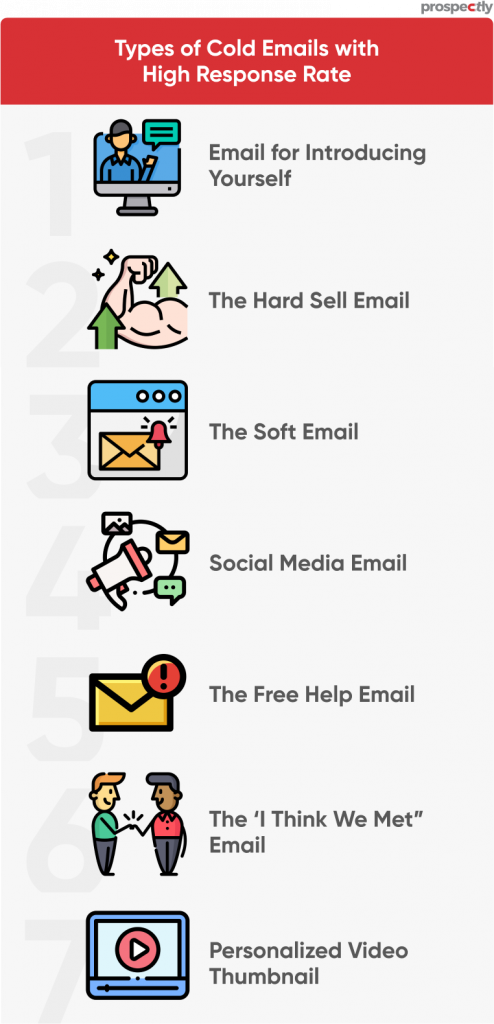
- Email for introducing yourself
The purpose of this email is to build a relationship with your prospective customer. You want to tell them who you are, what you do, etc. Note that you’re not selling anything yet.
Here’s an example.
Hi Sophia,
I know you’re busy, so I’ll not take much of your time. The main reason for my email is to introduce myself because I love connecting with people in my industry.
My company, ABC Corporation, is a global manufacturer of widgets. I’m a keen follower of your company and am always looking forward to your latest developments.
If you find some spare time, you can reach out to me via email. You can also connect with me on LinkedIn, Facebook, and Twitter.
Thanks so much for taking your precious time to read my email. I hope we can link up in the future.
Cheers,
Emma Williams
ABC Corporation
- The hard sell email
Use a hard sell email if you want a customer to buy your product or service in the short term. If possible, you ask for a meeting to make a demo. The approach can make some people uncomfortable or even disappear from your radar.
Check out an example below.
Hey James,
Are you looking for a way to email marketing campaigns to generate profitable sales? With user-friendly email marketing software, you can roll out targeted campaigns.
While your website can generate leads, you can do more marketing automation to segment your audience and customize your messaging.
My only goal is simple: to help you set up effective marketing software to boost your revenue.
If you want to understand the importance of the right email marketing software to hit your sales goals, take the time to reply to this email.
Hundreds of my customers have seen skyrocketing revenue after using my email marketing tool and strategies.
Is now the time to take your email marketing campaigns to the next level? The answer may be yes.
Cheers,
Emma Williams
ABC Corporation
- The soft email
This email aims to initiate a conversation hoping to sell your offer in the future. It’s the opposite of the hard sell email. See an example below.
Hey Sophia,
As the marketing executive of ABC Corporation, it’s my role to connect with people in my industry who can help us with top-class knowledge and feedback about our services.
Finding industry experts isn’t easy, but I hope you can assist.
Our primary services include SEO for small businesses, email marketing, and content marketing, all of which I’m sure you’re familiar with within your current role.
Would you need one or more of these services? Is there anything specific that would improve the possibility of working with our organization?
I’m pretty aware you’re busy, so I’ll end here. If you find some spare time, I would love to know what you think.
Thank you for your time.
Cheers,
Emma Williams
ABC Corporation
- Social media email
You want to make a connection on social media with a prospect. In this case, you can use social media email to warm up your target audience. Check out this email template.
Hey James,
As a regular social media user, I’m always looking to grow my social network. I sent you a connection request after discovering your name on LinkedIn.
I would be honored if you accepted my connection. I’m also available on Facebook and Twitter.
t’s not easy to communicate through email in this busy business world, but feel free to file my information. I know that sometimes connecting on social media might not make sense.
Anyway, I’m super excited that I came across your LinkedIn profile. Let’s keep in touch.
Cheers,
Emma Williams
ABC Corporation
- The free help email
It’s an email where you offer your likely buyer free advice on something you’re an authority in. Make sure that you clarify your expertise, specific assistance, and delivery method.
Use the example below as your email template.
Hey Sophia,
As an SEO expert in content marketing, my primary goal is to help businesses rank for the right keywords, boost traffic and revenue.
I was reviewing your website and admire what your company is doing. You can use a few other SEO tactical issues to take your strategy to the next level. They include using proper keyword research, website crawling, and auditing tools.
Do you have time for a call to discuss these crucial tactics? Would you like me to send you my report on my research? Whatever option you’ll choose, it’s free of charge.
I’m eager to talk more, offer some advice and get to know your company.
If you think this is great for you, shoot me a quick reply. Thanks for your precious time.
Cheers,
Emma Williams
ABC Corporation
- The ‘I Think We Met’ email
You can use this email to reach out to an individual you met at a trade show, conference, webinar, etc. Check out the email template.
Hey James,
I hope you’re doing great. I’m not sure if you remember me, but we were speakers at the same webinar a couple of weeks ago. I enjoyed your great ideas and insights and even implemented some of the advice you shared with the audience.
My company is expanding its email service to suit the needs of businesses of all sizes. I recall you saying that you need a service similar to our offer. Do you still need an email service provider? Have you found one?
Even if we may not have the opportunity to collaborate, I hope to get a response from you. I still cherish the practical advice you gave at the webinar.
Thanks so much for taking your time with me.
Cheers,
Emma Williams
ABC Corporation
- Personalized video thumbnail
It’s an approach that Lemlist recommends. You create a video customized to suit your potential buyer’s brand. Also, include their logo, custom messaging, colors, and a play button for generating clicks.
Here’s a brilliant cold email template.
With all these excellent cold email examples, you’re good to go. Here are the key points to remember to create super cold emails with responses.
Top secrets for creating successful cold emails
First, it’s critical to understand your email open rate. Your email open rate refers to the number of recipients who opened your emails. For example, if you send duplicate emails to 50 individuals and 25 open the emails, your open rate is 50%.
But open rate excludes the same people reopening your emails.
The other crucial cold email metric is the response rate. Research states that the average reply rate is between 1-5% via Dailyblogging.org. However, you can boost your open and response rates by following the tips below.
- Personalize your cold emails

Think of yourself getting a nameless email. How would you react? You won’t even pay attention. Here are vital things you can do to create personalized cold emails.
- Mention the prospect’s name in the greeting or subject line
- Include their company’s info, job position, or any accomplishment
- Tailor the email to suit the recipient’s needs; research the customer
- Provide water-tight proof of why your sales email is worth reading
- Analyze your reply rate through A/B testing your emails

You may never know which of your emails subject lines perform better until you put them to the test. A/B testing can help you see what can work.
A/B testing is sending different versions of the same email to varied email list segments. Say you want to examine the effectiveness of prospecting emails. You can send some emails with XYZ Subject line to one group of people.
Another different group in your email list will receive the same email with ABC Subject line. After this, you can compare the emails to see which subject line had higher reply rates. You’ll then stick to the one with positive results.
- Clean your email list

No matter how convincing your cold email is, not everyone will be interested in your product or idea. As a result, it would be best to filter your email list to remove uninterested people.
Your email list could also have outdated or non-existent email addresses. Updating and segmenting your contacts helps you zero in on targeted cold emails. You also remain with valid email addresses.
- Close with a killer CTA
One of the primary reasons you’re sending an email to a promising buyer is you want them to take a specific action. Studies show that including a clear CTA can supercharge your response rate by 53% (Superoffice.com).
The best CTA depends on the purpose of your cold email. You may say, “Would you be interested in a Zoom meeting Wed or Thursday afternoon to tell you more?” to schedule a meeting.
- Always remember KISS (Keep It Short and Simple)
You already know that people are busy. And there are hundreds of things that compete for their attention. In these situations, say what you want to say in a few concise words.
How long should be your cold email? Some studies show that writing between 50 and 125 words can improve your response rate by 50% via Blog.apruve.com.
Wrapping up
Cold emails aren’t dead. That’s because an effective email can make $42 for every $1 a company spends. It shows that cold emails can have a good ROI. SDRs can also use sales emails to initiate conversations with prospects to close more deals. If you follow proven cold email templates, you can improve your open and reply rates.
